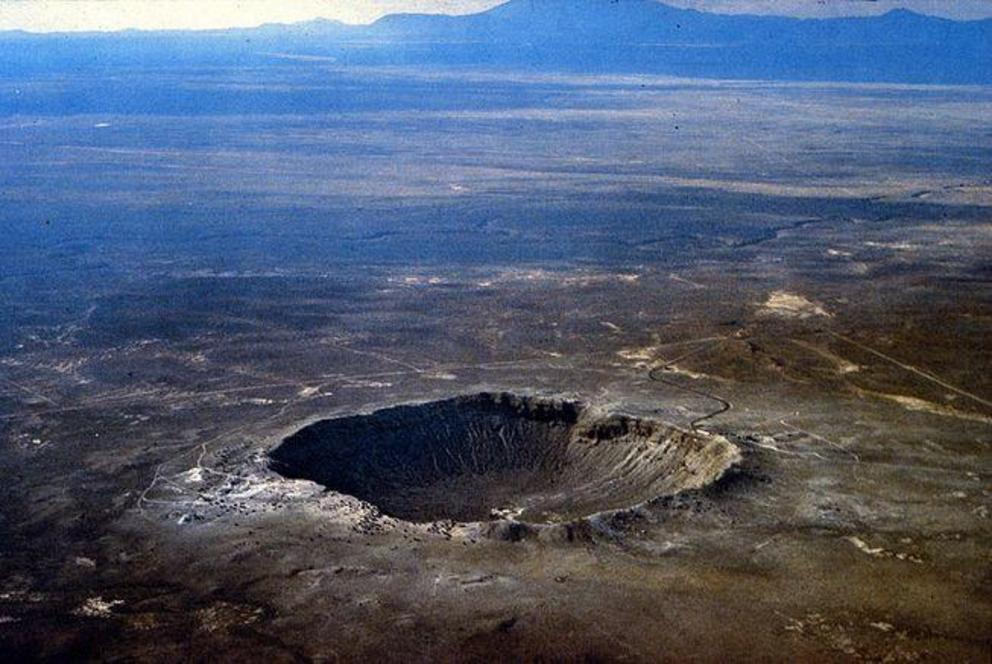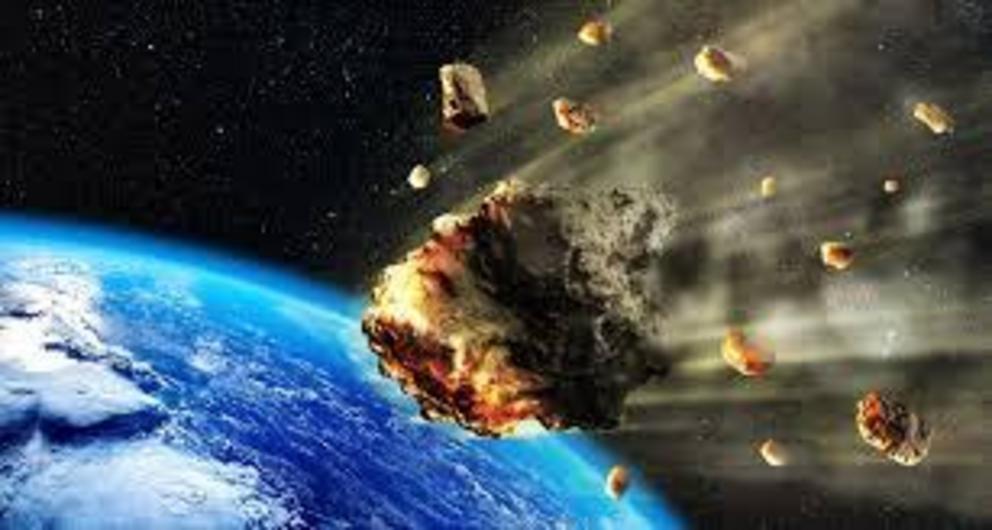We are living in an era of high frequency asteroid strikes
Asteroid impacts are among the most devastating natural disasters that can occur. In fact, several extinction events in the history of life on Earth can be directly tied to such impacts. (Just ask the dinosaurs.)
So it's a bit unsettling to hear that we're currently living at a time when asteroid impacts are occurring at a much higher rate. In fact, the number of asteroid impacts to the moon and Earth is currently two to three times higher now than in previous eras, according to a press release on the matter.
"Our research provides evidence for a dramatic change in the rate of asteroid impacts on both Earth and the Moon that occurred around the end of the Paleozoic era," said lead author Sara Mazrouei of the University of Toronto. "The implication is that since that time we have been in a period of relatively high rate of asteroid impacts that is 2.6 times higher than it was prior to 290 million years ago."
Scientists have long noticed a scarcity of impact craters here on Earth that are older than 290 million years, but this observation can easily be chalked up as the result of erosion. Of course we observe fewer craters the further back in time we look ... the evidence for them has been erased by millions of years of geological processes.

Barringer Crater was created by an impact just 50,000 years ago in Arizona. (Photo: USGS/D. Roddy)
That's not the case with the moon, however, which is geologically dormant. And because the Earth and moon are in such a close gravitational dance, their rates of asteroid impact should be relatively the same. So, the moon offers us a unique test study for determining true historical impact rates.
Thankfully, there's a NASA satellite in operation that's perfect for such a test: the Lunar Reconnaissance Orbiter, or LRO. Using images and thermal data collected by LRO, scientists were able to quantify the rate of asteroid impacts on the moon over the course of its history.
“It was a painstaking task, at first, to look through all of these data and map the craters out without knowing whether we would get anywhere or not,” said Mazrouei.
But eventually, the data did all come together. It turns out that the moon, too, had a sudden increase in asteroid impacts starting around 290 million years ago, corroborating observations of the same trend here on Earth.
As for what has caused this increase, that's still a mystery. It might be that some major collision between bodies floating in the asteroid belt between Mars and Jupiter occurred around 300 million years ago, which increased the rate of asteroids being flung into the inner solar system. That's just speculation, however. It might not be possible to ever know for sure, or, for that matter, to know whether the current impact rate will ever return to normalcy.
We might simply have to accept the fact that we're living in a higher risk era. It's all the more reason to continue investing in asteroid monitoring systems, to ensure that we'll at least have fair warning of the inevitable future impact.

